Rumors are stoking excitement for the next-generation iPad mini that Apple is reportedly close to launching. So what should we expect from the successor to the iPad mini 7 that Apple released over a year ago? Read on to find out.
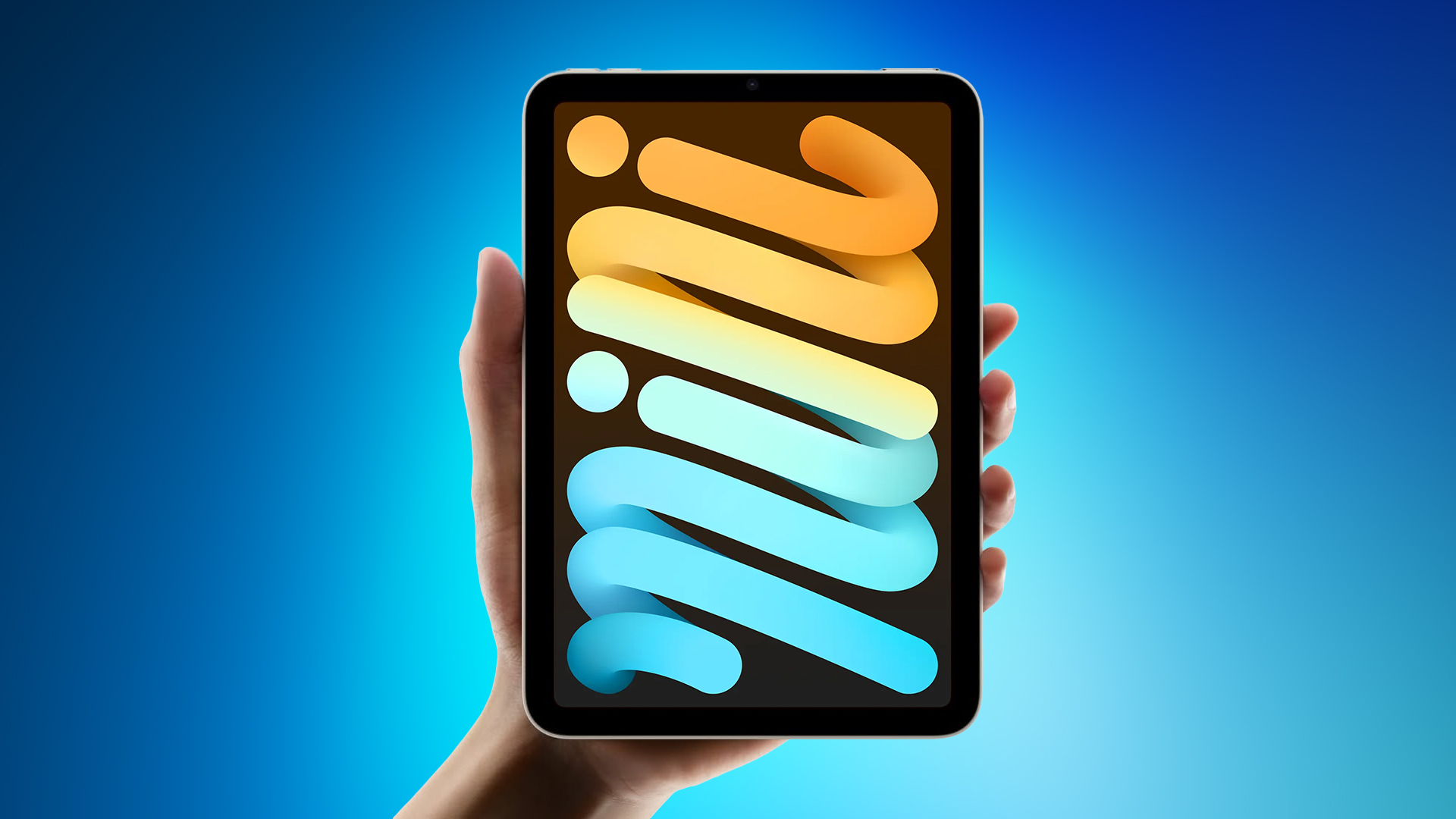
Processor and Performance
Apple is working on a next-generation version of the iPad mini (codename J510/J511) that features the A19 Pro chip, according to information found in code that Apple mistakenly
shared in August.
Apple's A19 Pro chip since debuted in the iPhone Air and iPhone 17 Pro models. The iPhone 17 Pro models include the higher-end version of Apple's A19 Pro chip with a 6-core CPU and a 6-core GPU, while the iPhone Air uses a mid-tier A19 Pro chip with one fewer GPU core than the A19 Pro chip used in the iPhone 17 Pro and Pro Max.
For the iPad mini 8, Apple is likely to use the mid-tier A19 Pro chip found in the iPhone Air. This is based on the fact that the A17 Pro chip used in the iPad mini 7 has a 6-core CPU with two high-performance cores and four efficiency cores, along with a 5-core GPU, compared to the 6-core GPU found on the A17 Pro used in the iPhone 15 Pro.
Apple built the A19 Pro chip on an upgraded third-generation 3-nanometer N3P process for modest speed and efficiency improvements. The chip includes a 16-core Neural Engine, next-generation dynamic caching, and unified image compression.
The GPU in the A19 Pro has an upgraded architecture with a larger cache, more memory, and Neural Accelerators that are built into each core. Apple says that this change provides 3× the peak GPU compute over the prior-generation chip. There's also an upgraded 16-core Neural Engine for AI tasks.
Display
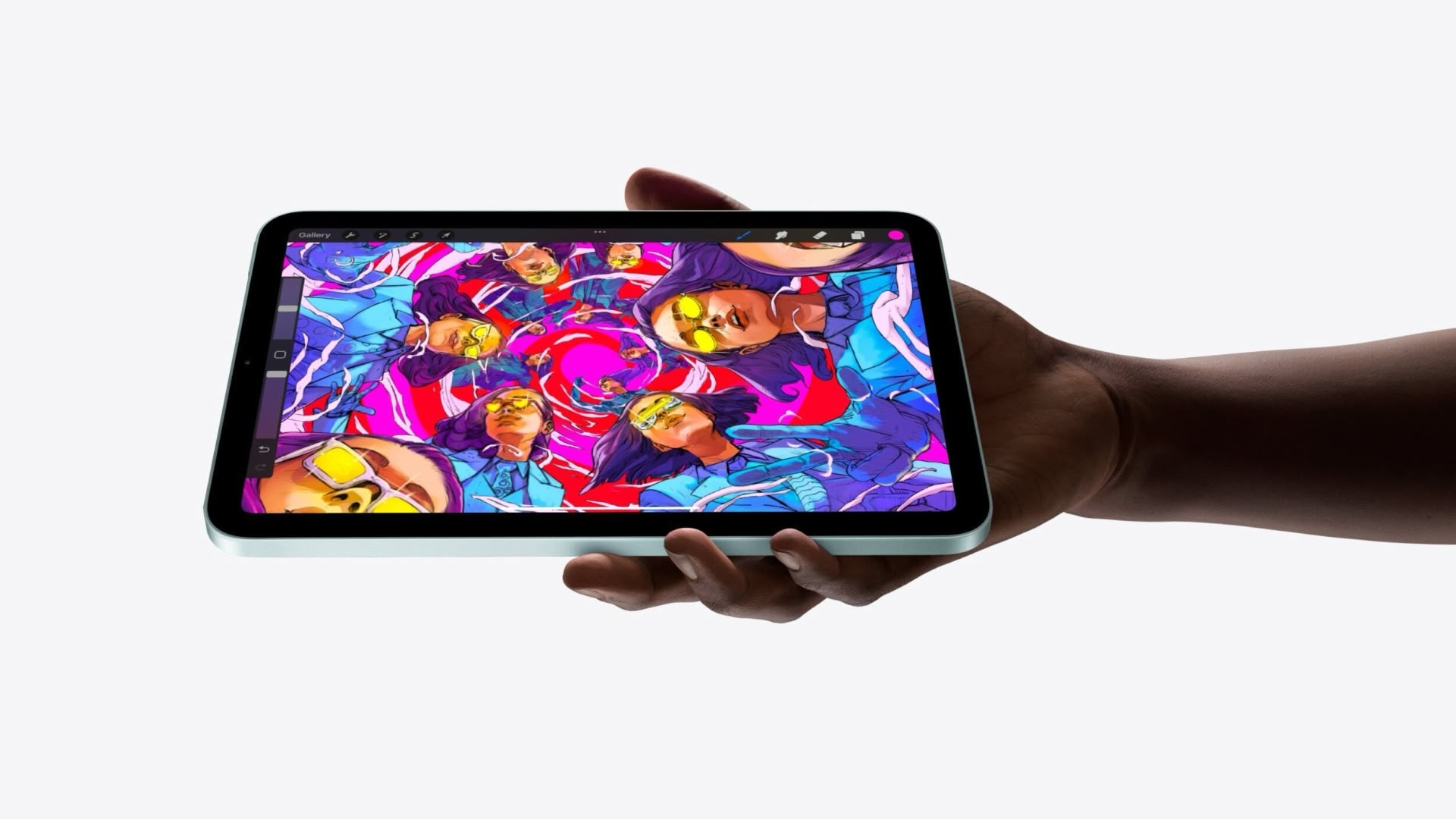
Apple's plan to transition the iPad mini from an LCD to an OLED display is widely rumored. According to
Bloomberg's Mark Gurman, the small form-factor tablet is likely to be the
next Apple device to adopt OLED. According to a Chinese leaker with sources in Apple's supply chain, Apple has
evaluated a Samsung-made OLED display for its next iPad mini model.
It remains unclear whether the iPad mini 8 will feature a higher refresh rate than the 60Hz LCD display used in the existing iPad mini 7, but since the new base iPhone 17 now uses a 120Hz ProMotion panel, it would be reasonable to expect the same on the first OLED iPad mini. A separate report has suggested the iPad mini 8's screen could increase in size from 8.3 inches to 8.7 inches with the adoption of OLED.
OLED panels can individually control each pixel, resulting in more precise color reproduction and deeper blacks compared to other common display technologies. They also provide superior contrast, faster response times, better viewing angles, and greater design flexibility. All of Apple's flagship iPhones use OLED panels, and in May 2024 the company brought the display technology to the iPad Pro for the first time.
Unlike Apple's iPad Pro models, which feature two-stack low-temperature polycrystalline oxide (LTPO) OLED panels, the iPad mini may have a single-stack low-temperature polycrystalline silicon (LTPS) panel, which would make it dimmer.
Chassis Design
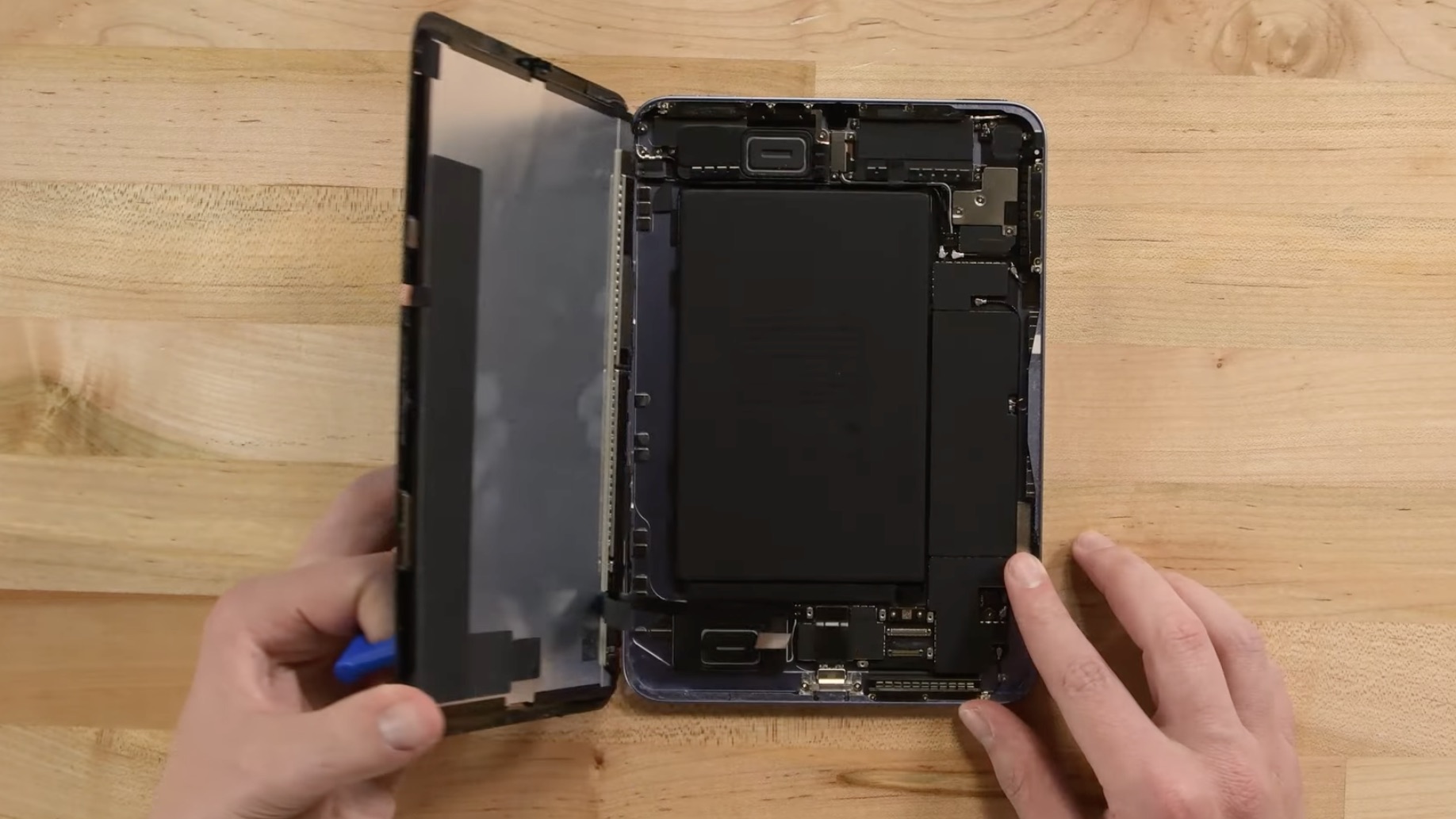
Apple is reportedly working to give the iPad mini 8 a more water-resistant design, according to
Bloomberg's Mark Gurman. The updated casing would bring protection levels closer to those of the iPhone, making the tablet safer for use in damp environments.
To achieve this, Apple is said to have designed a new vibration-based speaker system that eliminates the need for traditional speaker holes. By using sound-emitting surfaces instead of open grills, the company can reduce potential entry points for water and dust, resulting in a more sealed, durable enclosure.
On the iPhone, Apple relies on adhesives and gaskets to shield speakers and other openings from moisture. The iPad mini's approach appears to go further, doing away with the holes altogether. Current iPad mini models lack any official IP rating, but the upcoming version could mark the first in the lineup to feature a certified level of water protection.
Apple patents could offer further clues to the new design direction. For example, a
2014 patent outlines a "mechanically actuated panel acoustic system" that vibrates flat surfaces to generate sound, effectively turning parts of a device's chassis into a speaker diaphragm. This could potentially allow Apple to produce audio without visible speaker holes. The patent suggest Apple has been building towards a sealed, vibration-based acoustic system for several years.
Release Date
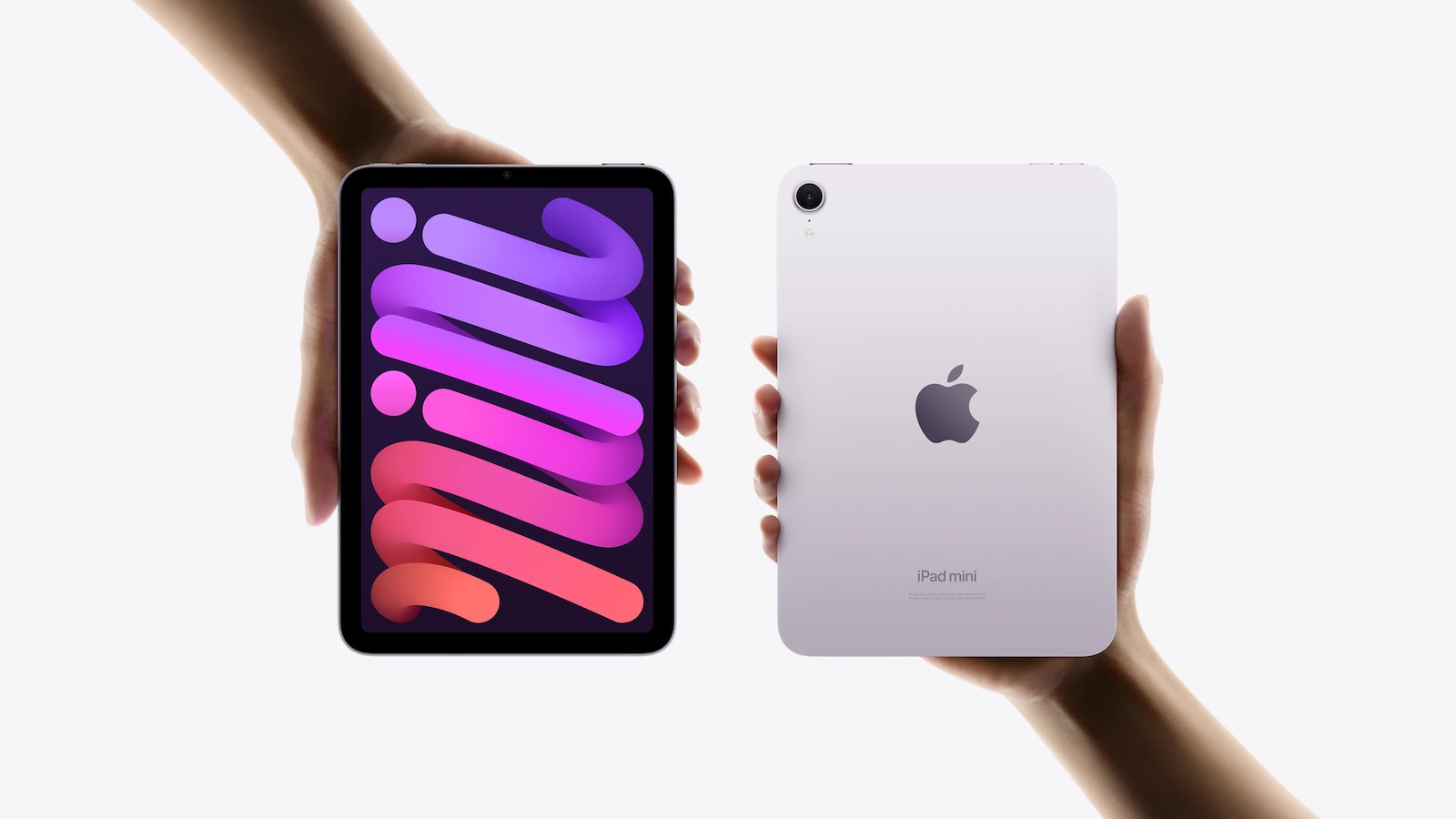
According to research firm
Omdia, the iPad mini is expected to adopt an OLED display in 2027. However, Korea's
ET News and
ZDNET Korea have both suggested that the iPad mini will be updated with an OLED display in 2026.
Bloomberg has also said the update could come as soon as 2026.
In May 2024, it was reported that Samsung Display had
started developing sample OLED panels for a future iPad mini, with plans to initiate mass production at its facility in Cheonan in the second half of 2025. The same report claimed that Apple will bring an OLED panel to the iPad Air alongside the iPad mini in 2026.
That outlook differs slightly from a December report by analyst firm Display Supply Chain Consultants (DSCC) that said an 8.5-inch OLED iPad mini is planned for a 2026 launch, while 11-inch and 13-inch OLED iPad Air models are expected to follow in 2027.
Ultimately, there are no rumors suggesting exactly when the next iPad mini will be released, but a launch in 2026, possibly alongside new iPad Air models in the first half of the year, is certainly a possibility.
Pricing
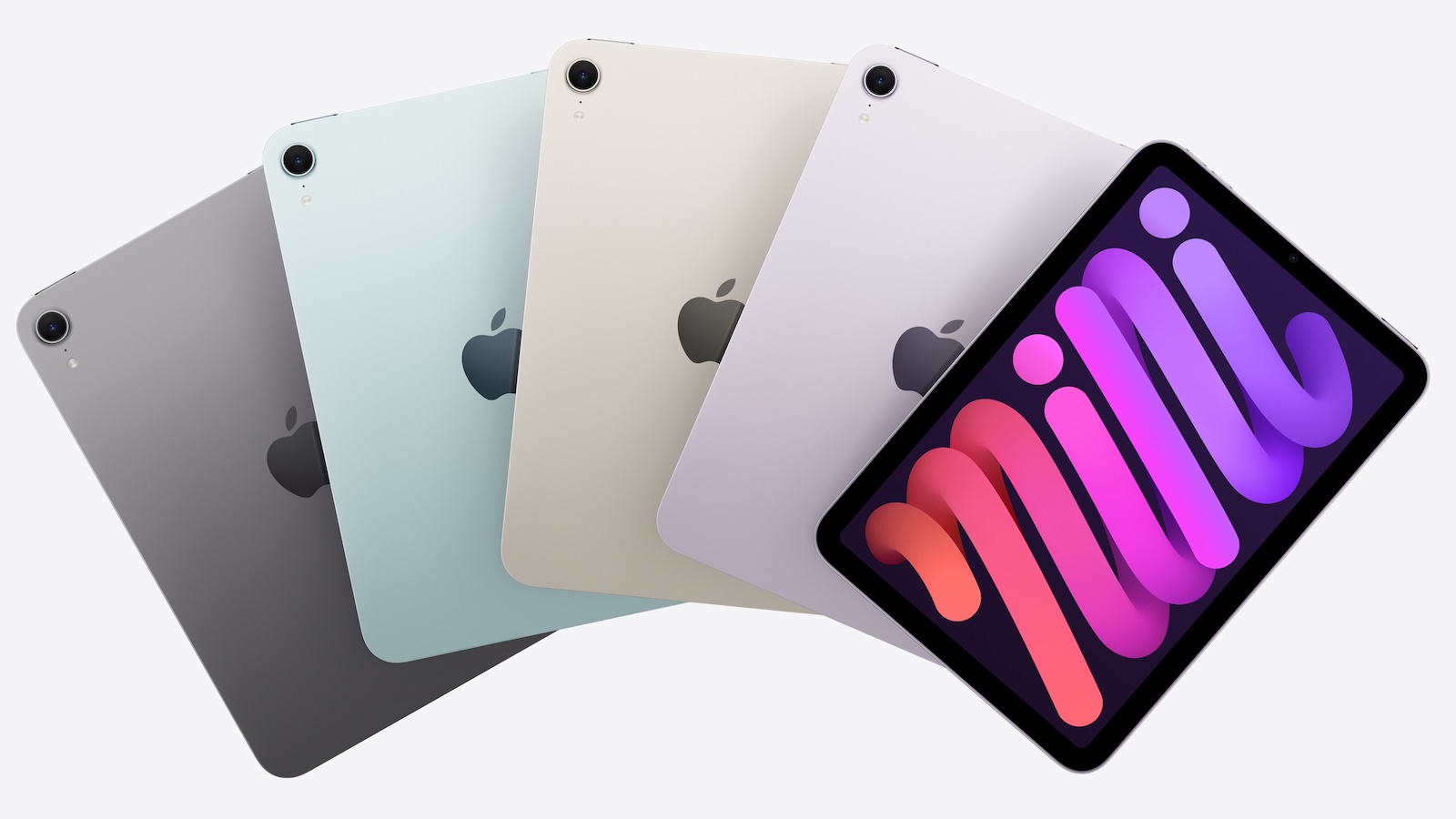
Apple's iPad mini with OLED display technology and improved water resistance is expected to be more expensive, and Apple could charge up to $100 more for the device, according to
Bloomberg's Gurman. The iPad mini is currently priced starting at $499. Gurman has previously
argued that Apple should consider a lower-end version of the mini, or at least a change to its current $499 starting price, given that it's up against rival products that cost a lot less.
However, Apple users who are looking for a more affordable option should probably consider the 10th-generation iPad instead. Starting at $329, the iPad offers many iPad mini features, such as Touch ID and Center Stage, but at a lower price that balances functionality and affordability.
This article, "
OLED iPad Mini: Release Date, Pricing, and What to Expect" first appeared on
MacRumors.comDiscuss this article in our forums
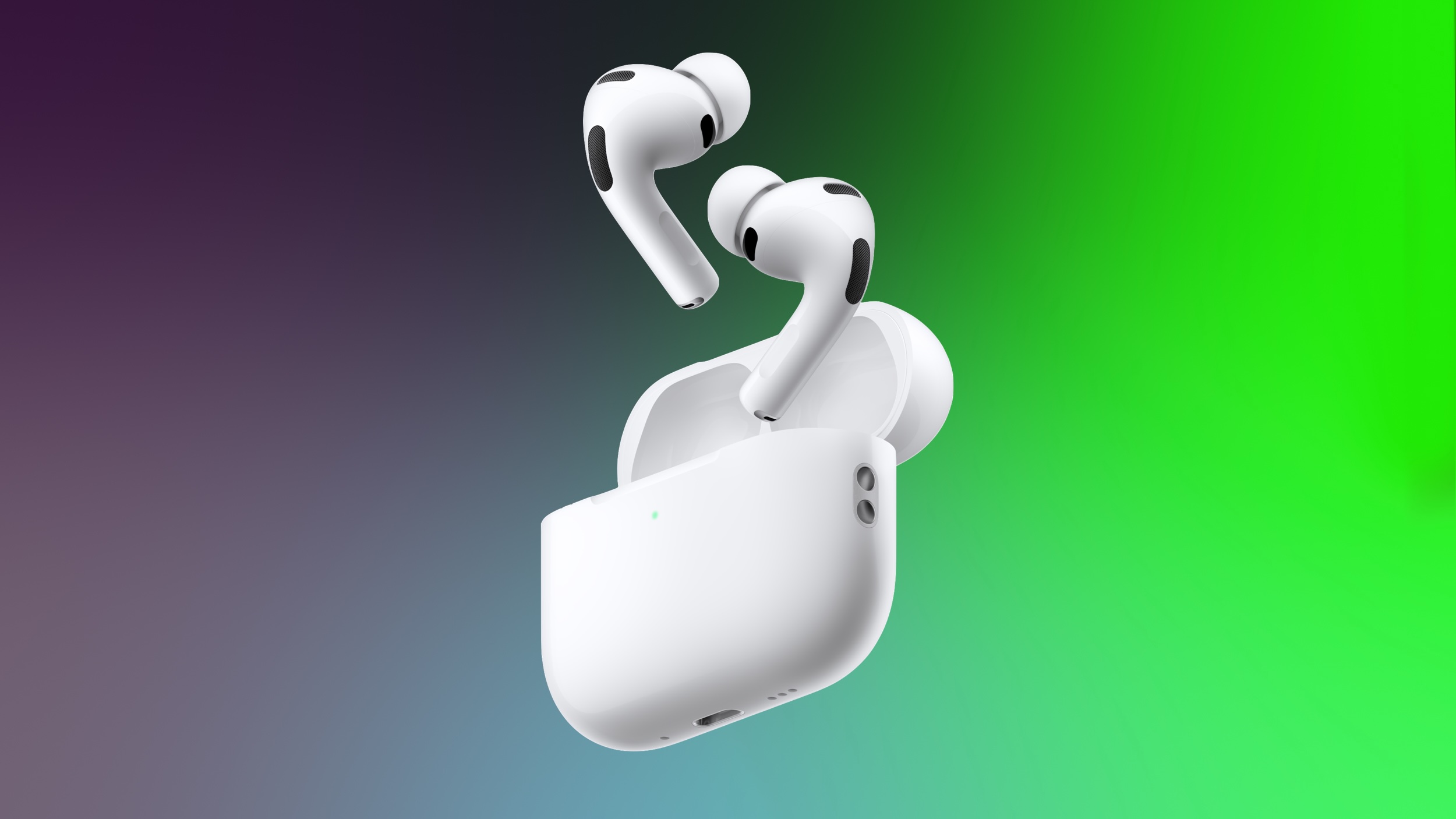

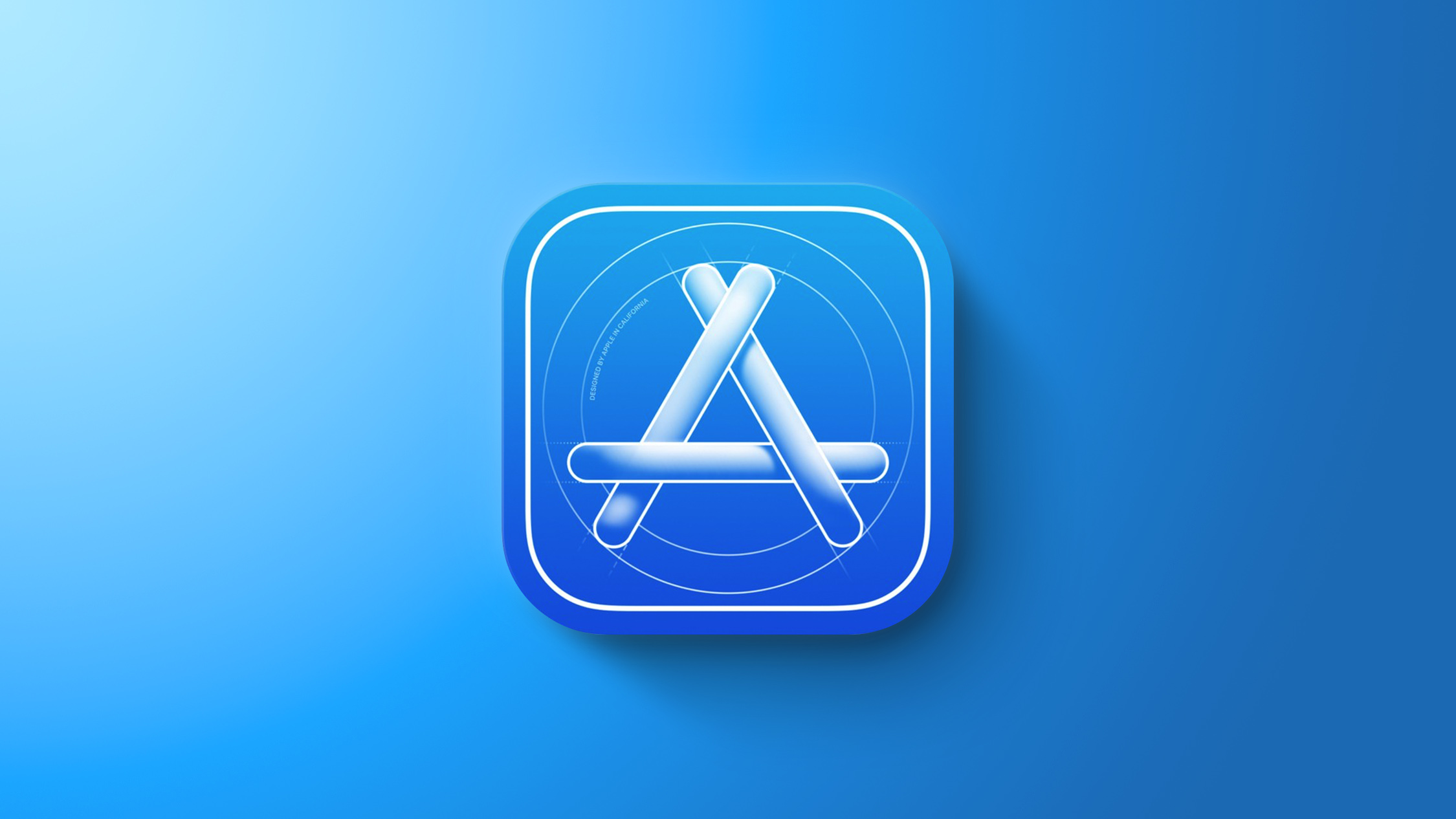
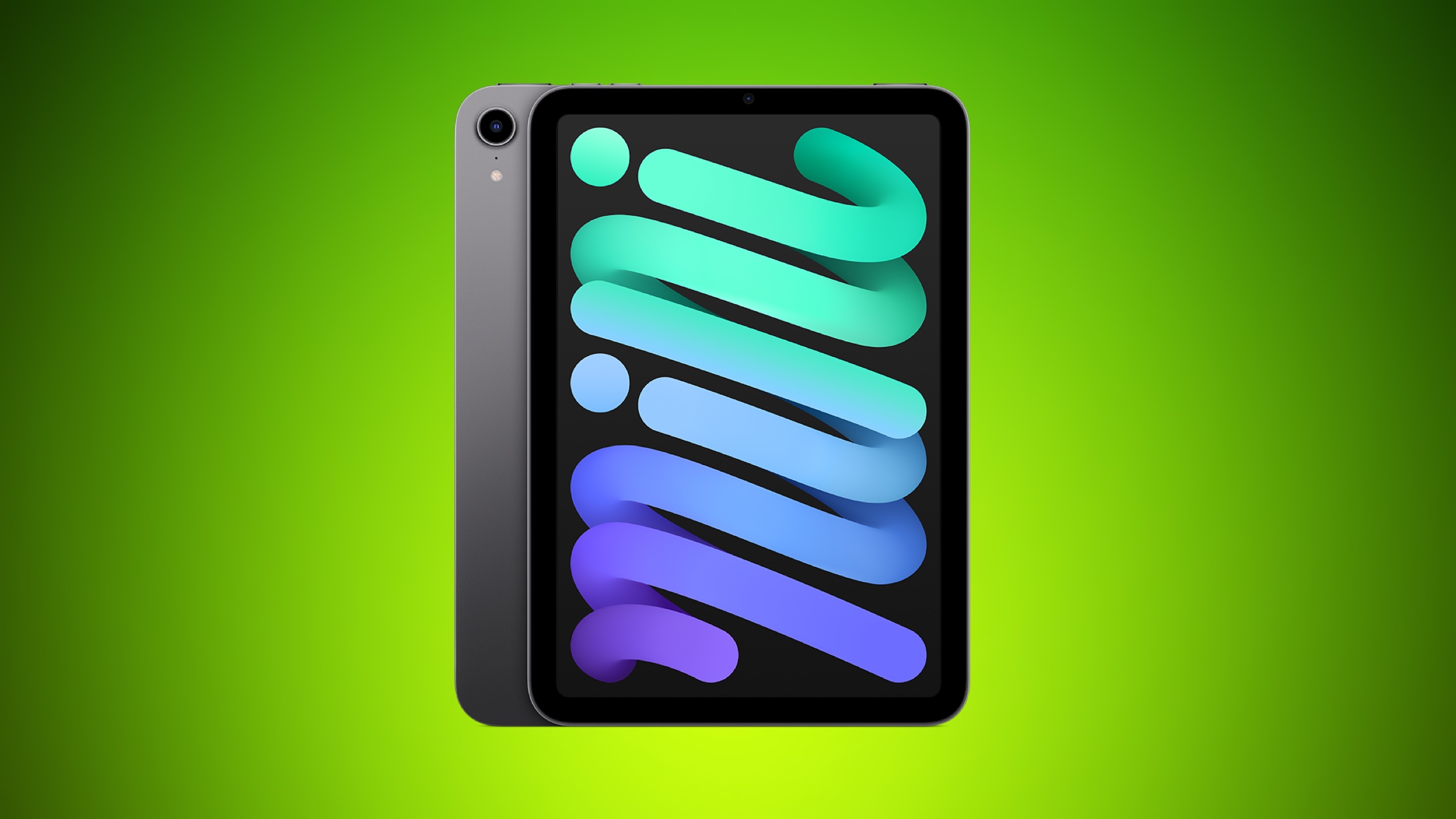



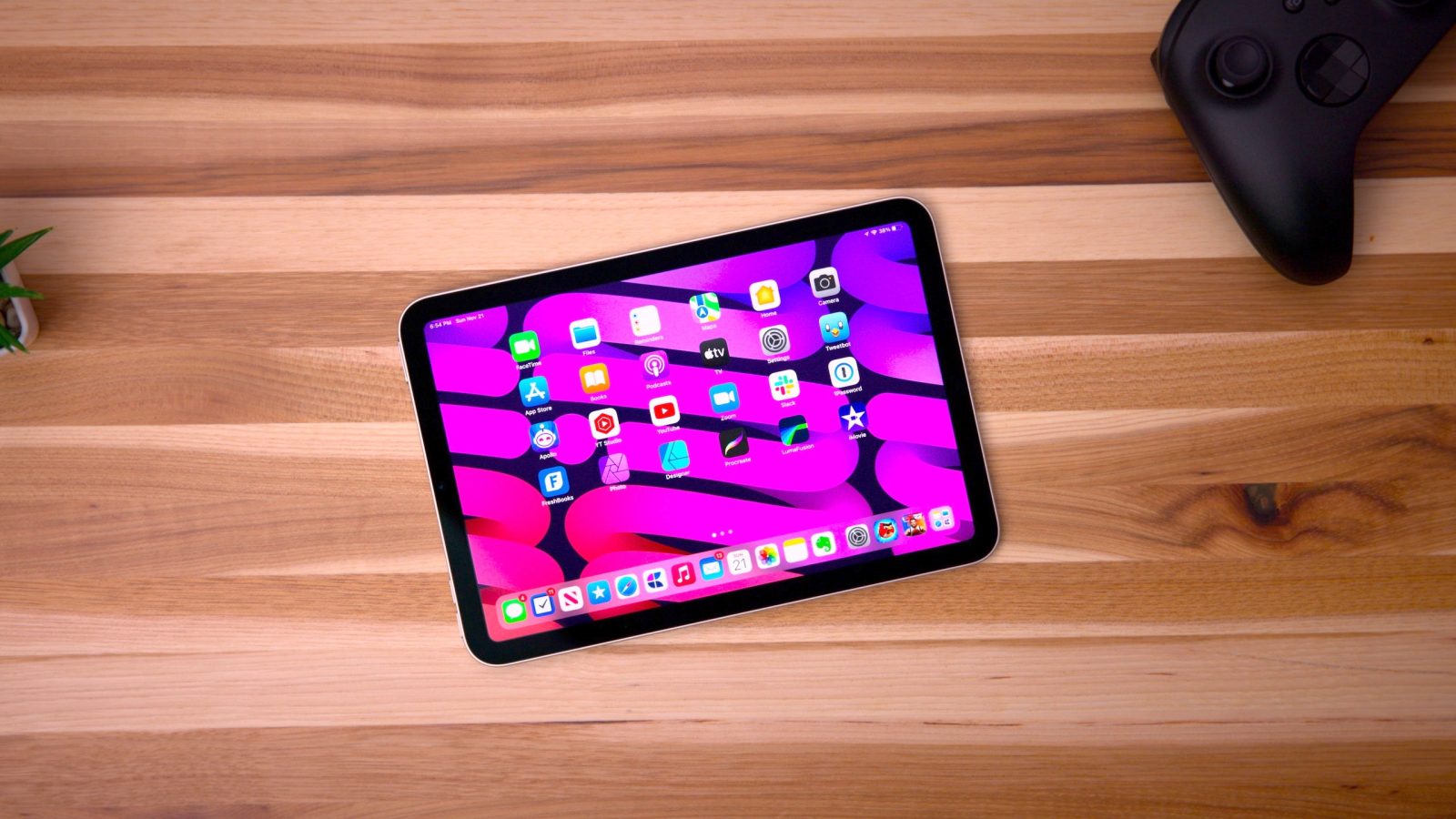
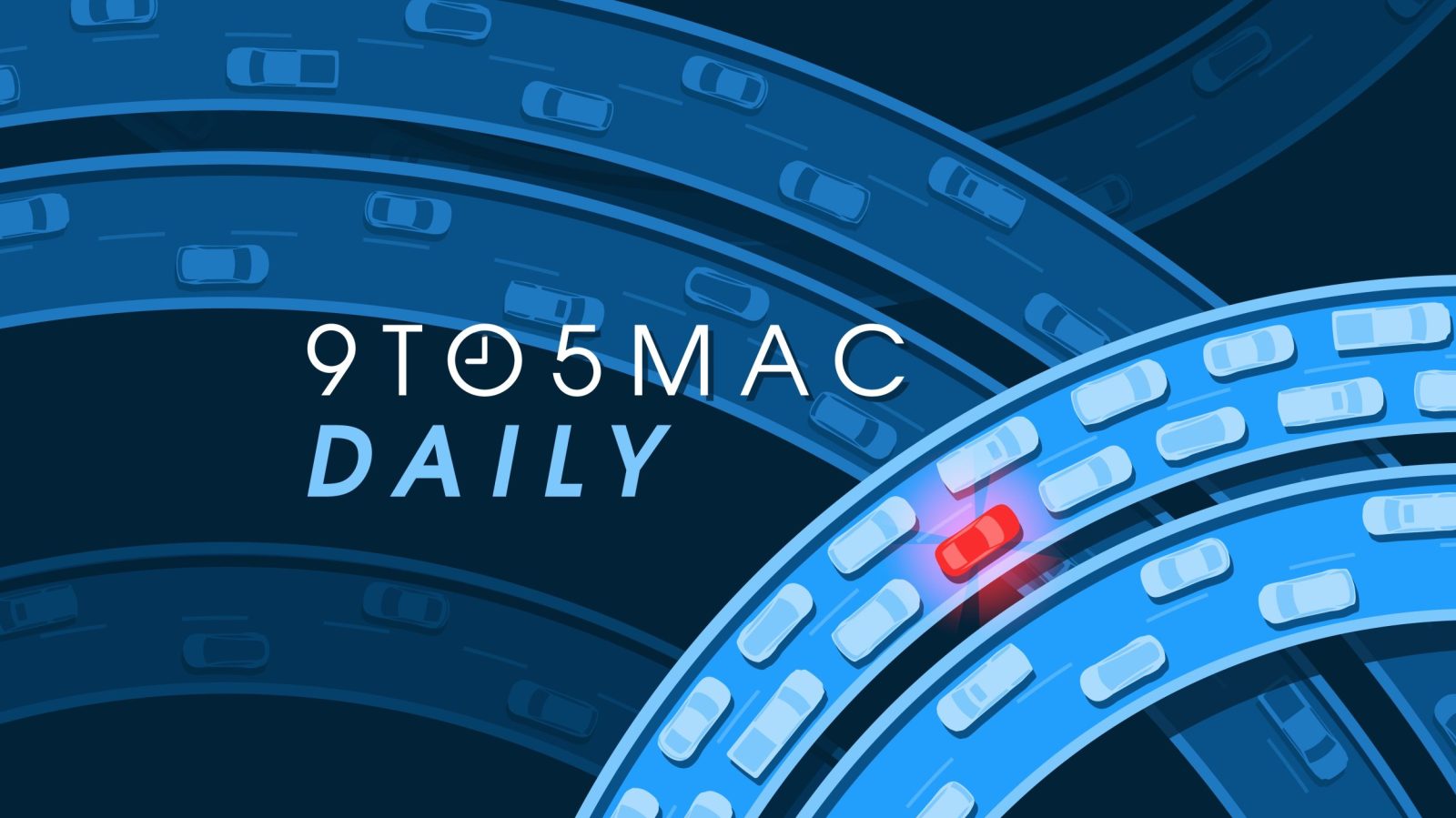

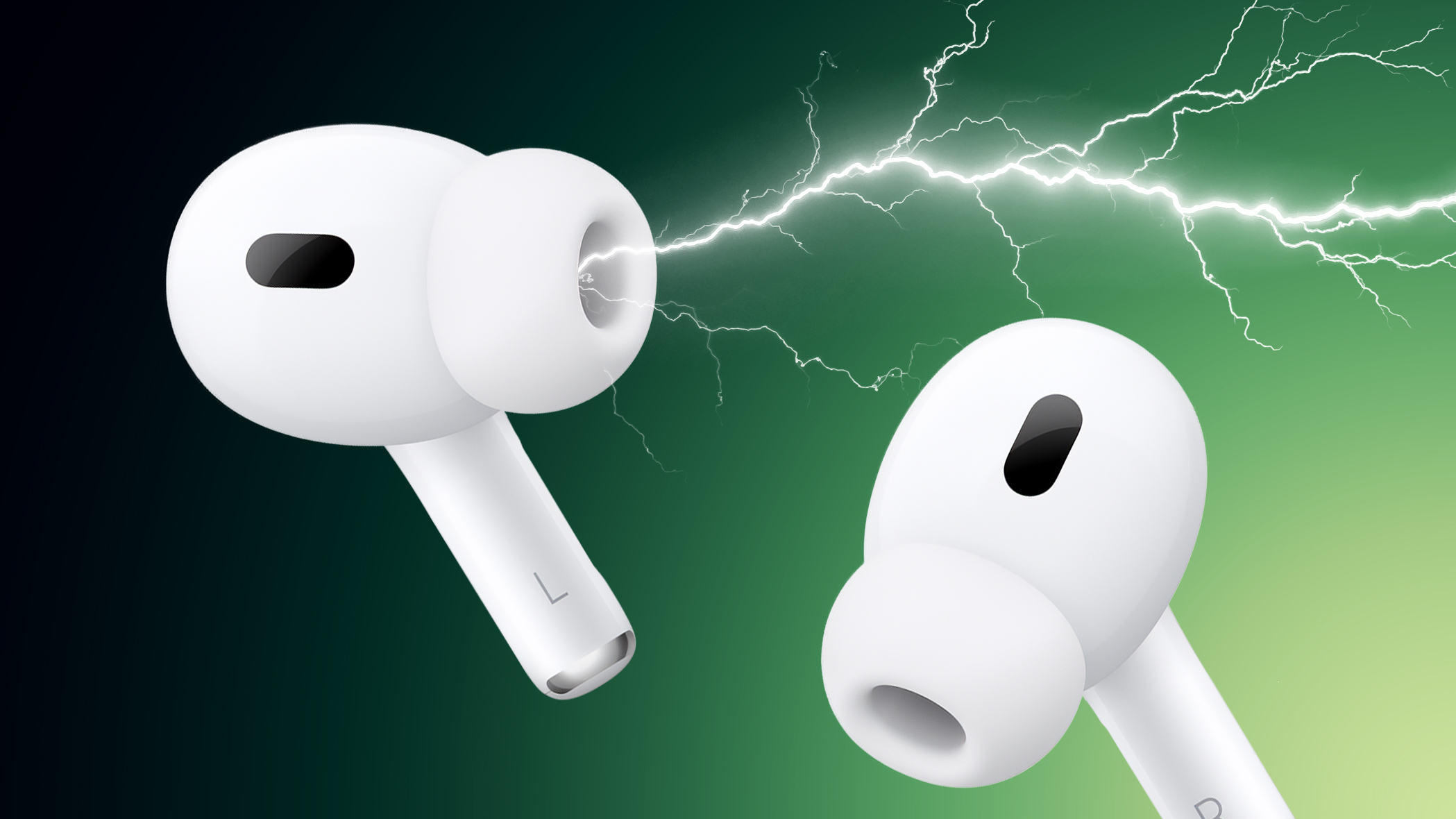


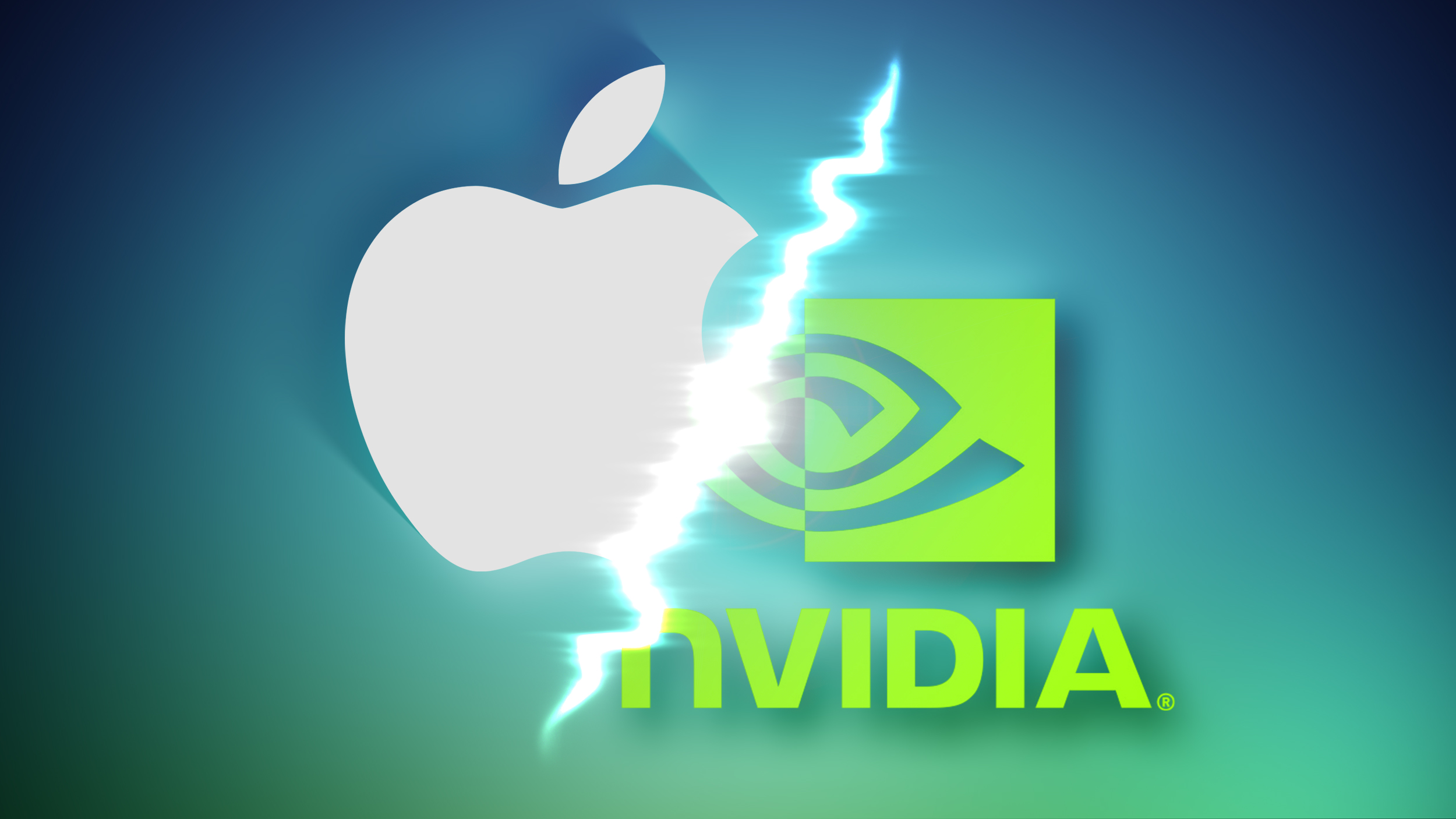
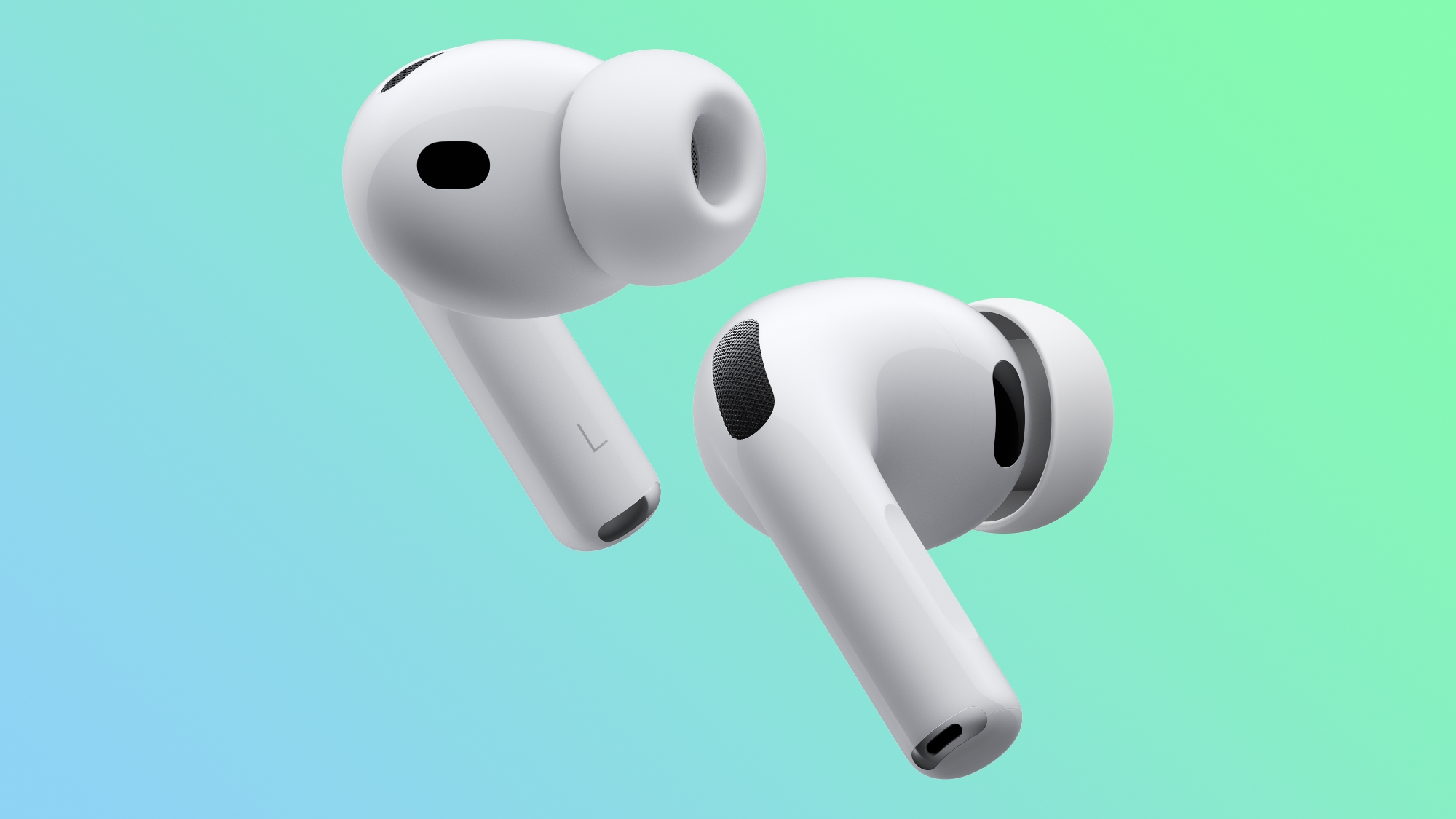
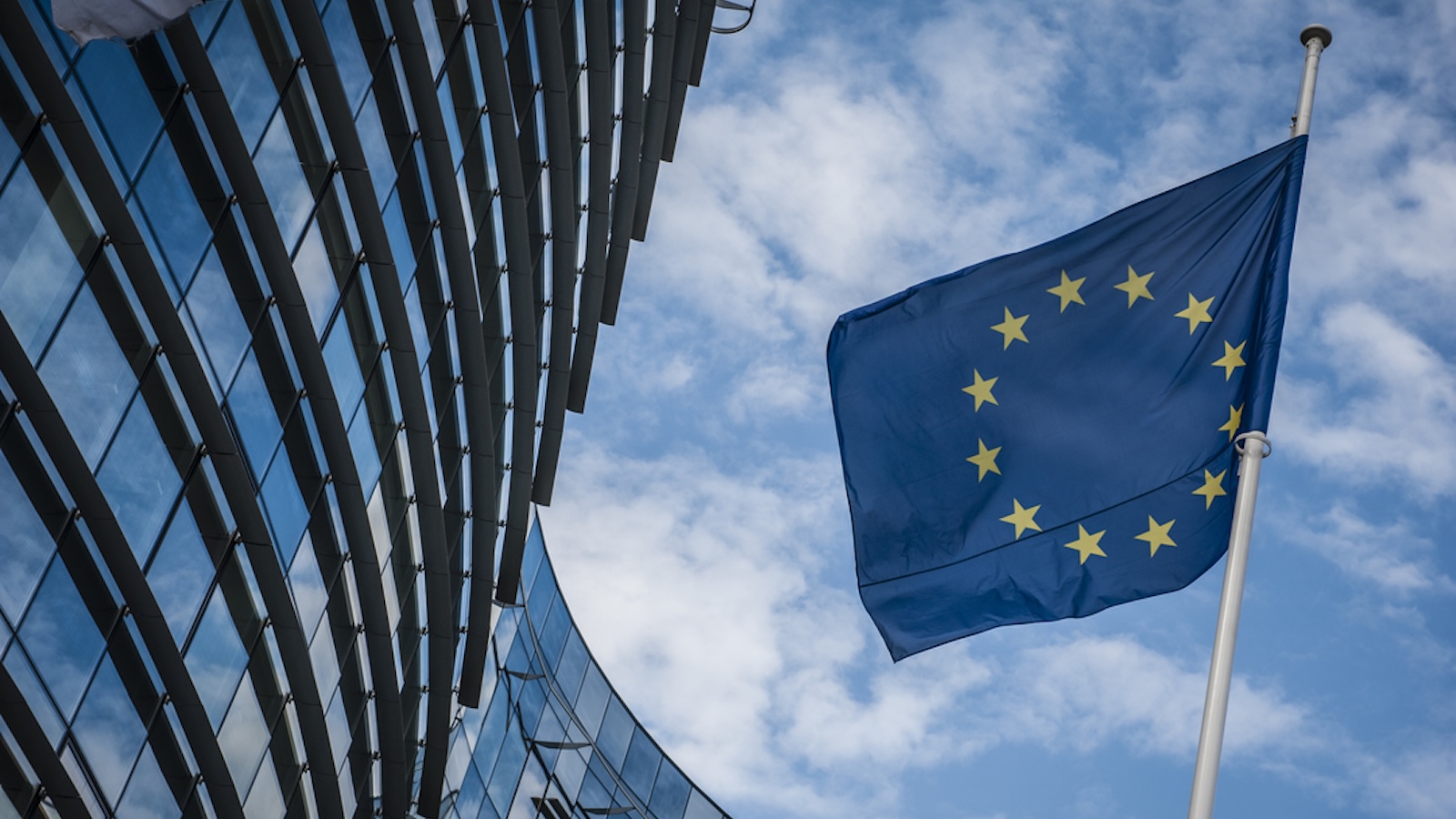
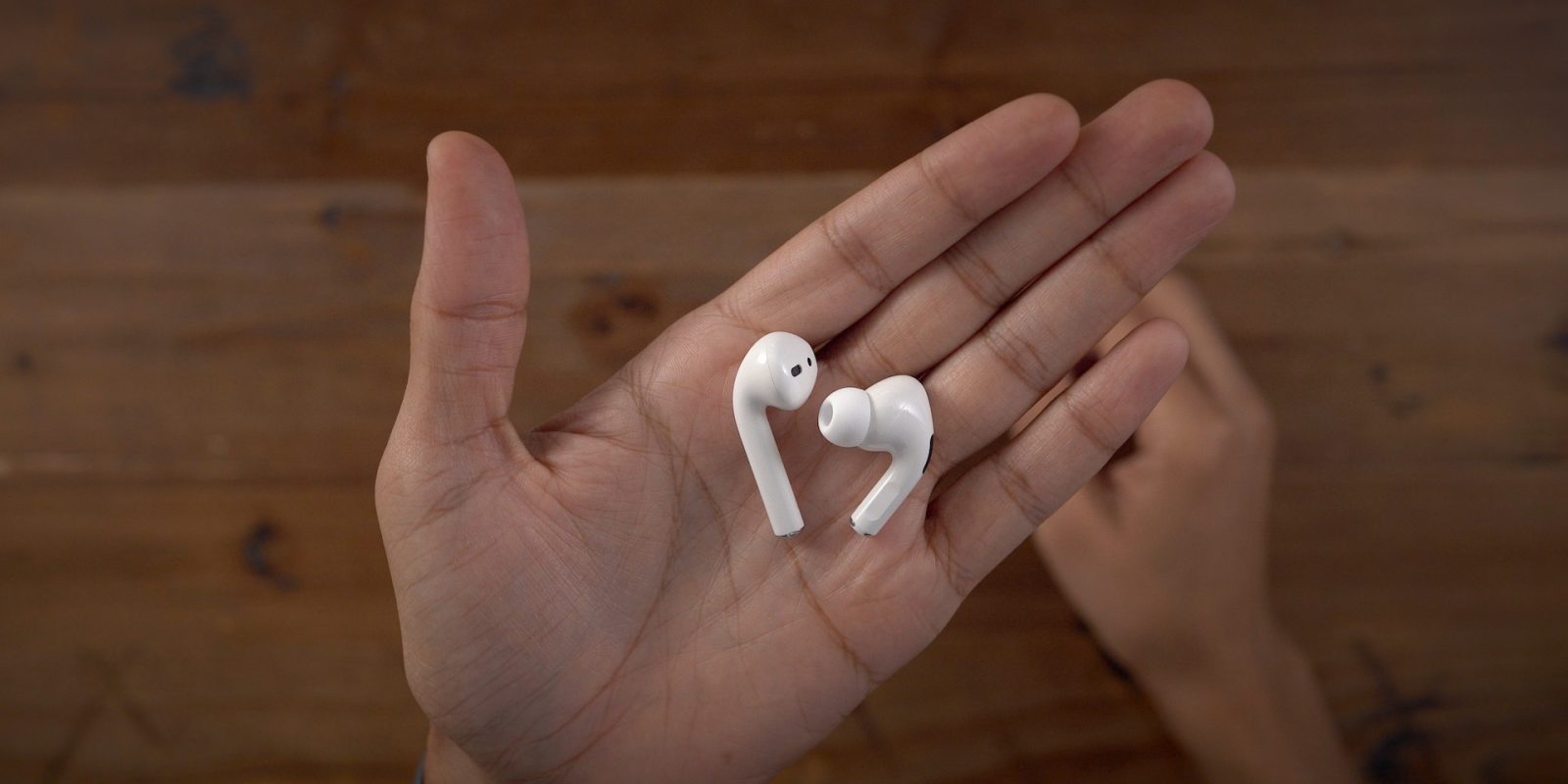


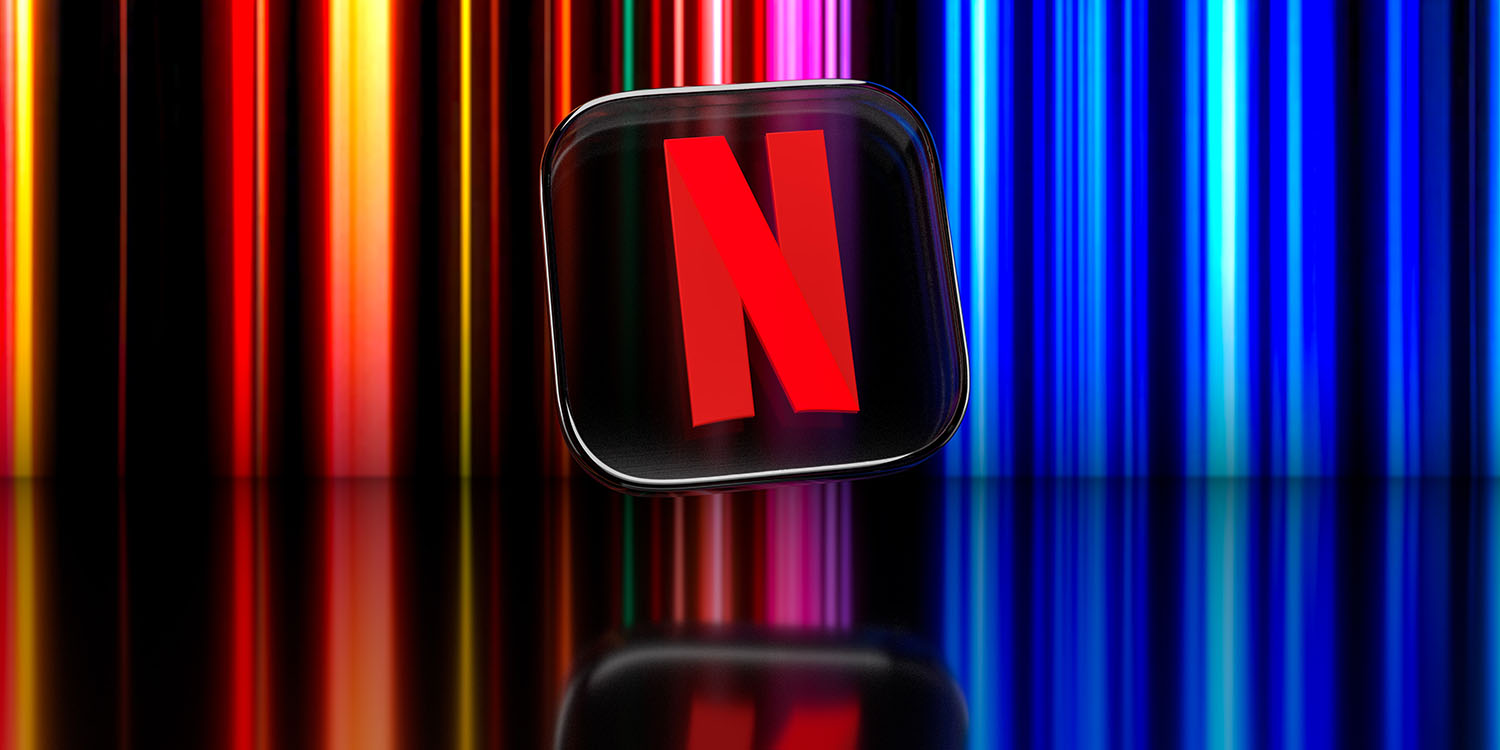
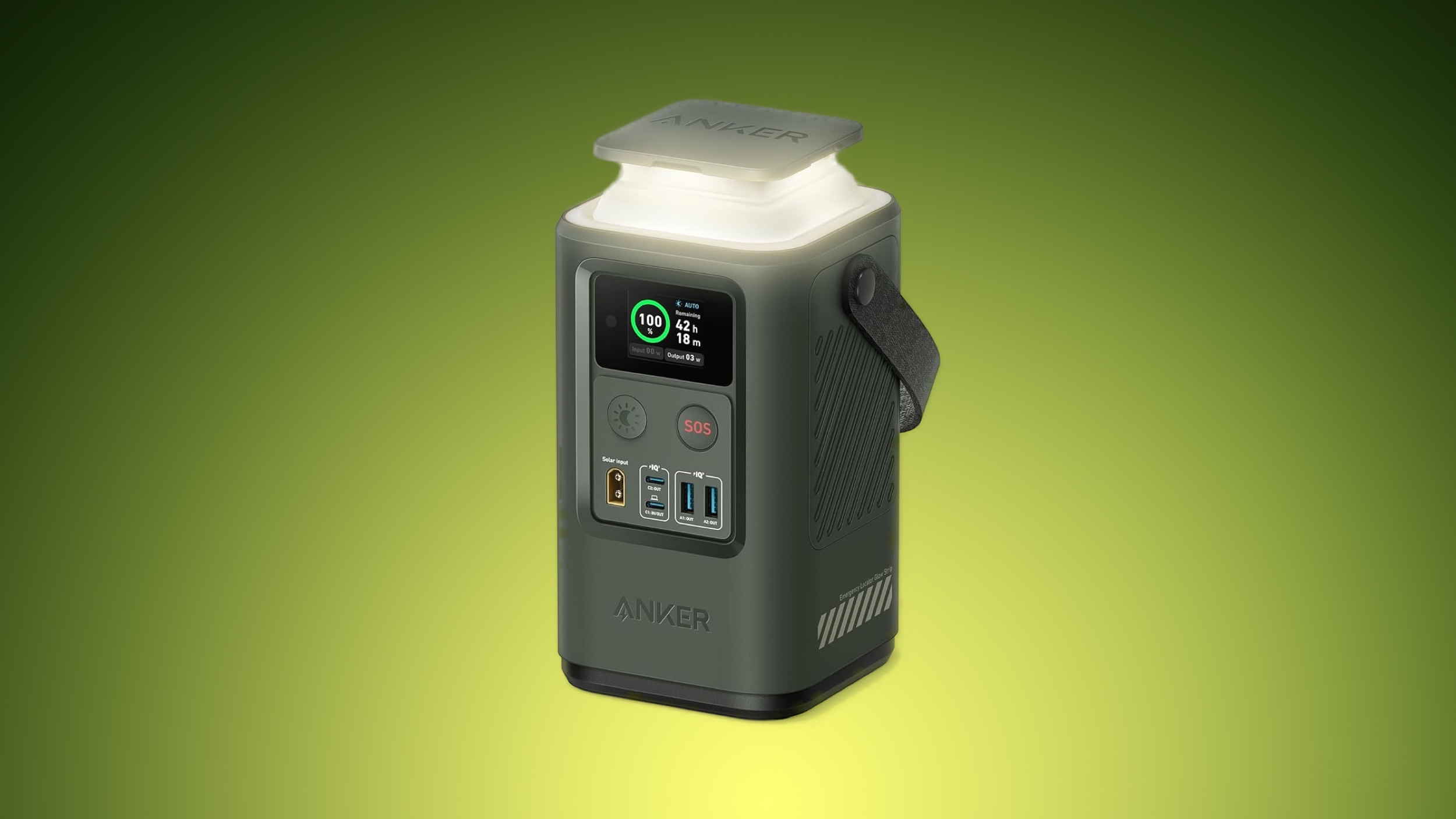 Note: MacRumors is an affiliate partner with Anker. When you click a link and make a purchase, we may receive a small payment, which helps us keep the site running.
Note: MacRumors is an affiliate partner with Anker. When you click a link and make a purchase, we may receive a small payment, which helps us keep the site running.






